5 reasons to visit the Andrei Rublev Museum of Ancient Russian Culture and Art
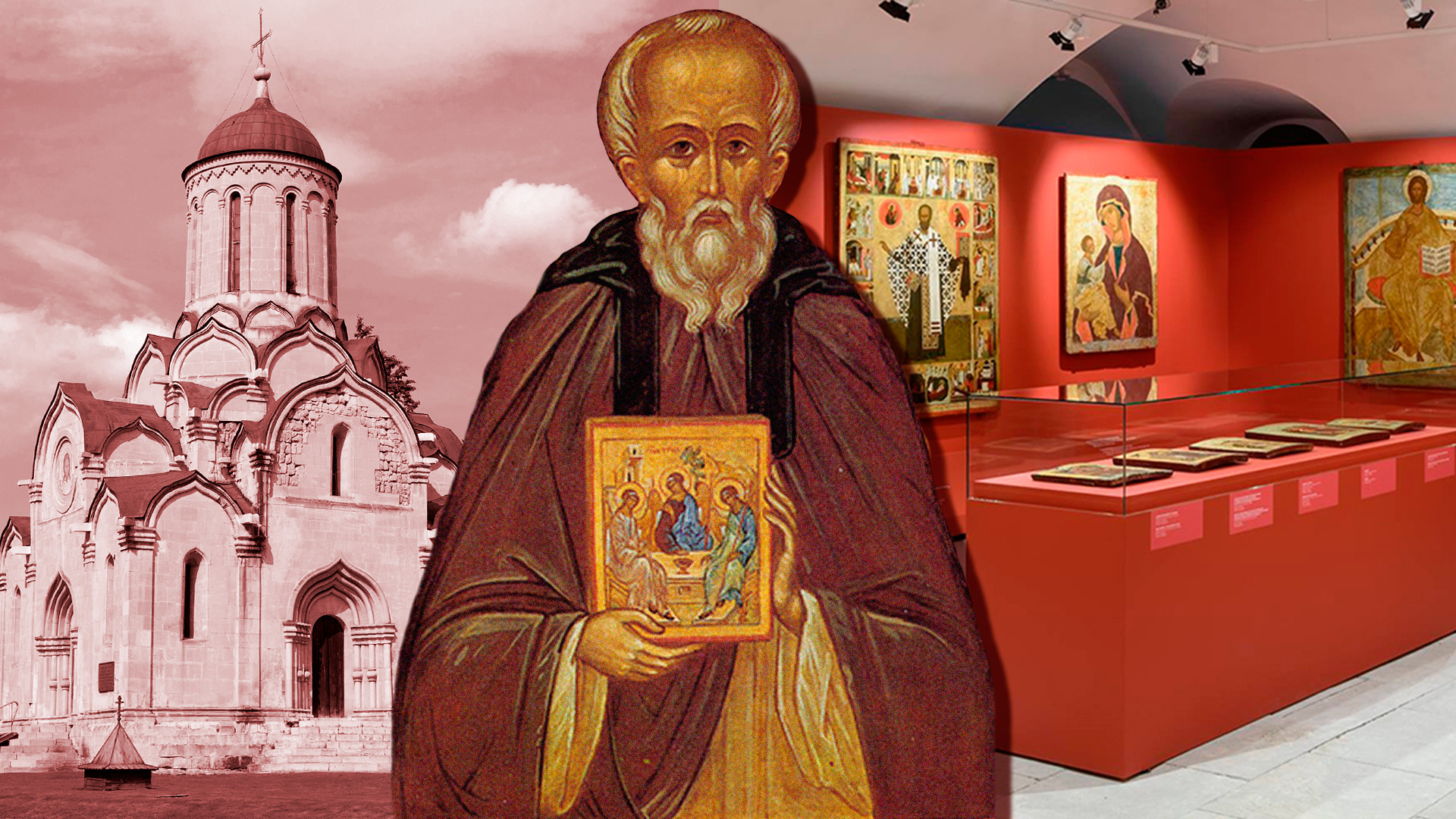
1. Learn about Russia's greatest icon painter -Andrei Rublev
For many centuries icon painting was Russia’s leading art form. However, not everyone had permission to paint icons: it took many years of training and required strict adherence to church canon. Andrei Rublev, who was born in the 1360s and died around 1430, is the most prominent Russian icon painter, and his Trinity is one of the most famous and revered icons in Russia. It’s also one of the treasures of the Tretyakov Gallery.
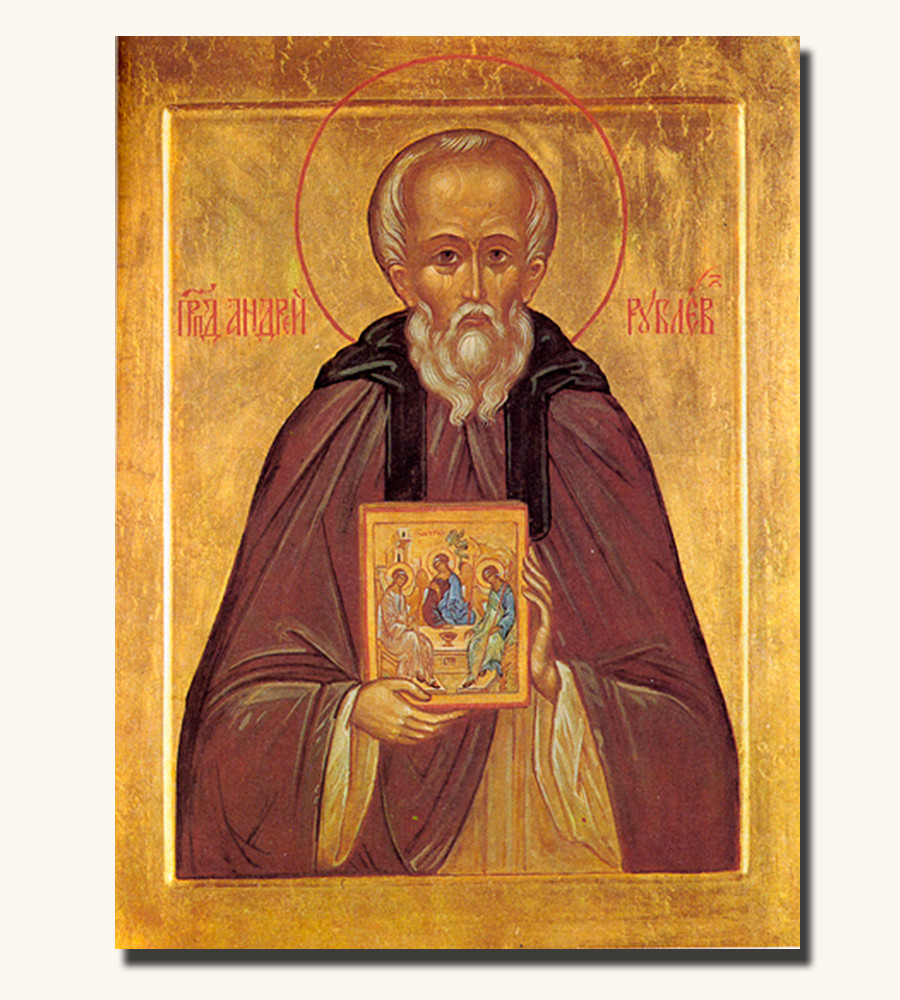
Icon of Andrei Rublev holding his own icon of Trinity in his hands
Public DomainWith the help of medieval chronicles, historians were able to track down other significant works by Rublev. These included icons and frescoes that adorned the holiest sites of medieval Russia: the Annunciation Cathedral in the Moscow Kremlin, the Assumption Cathedral in Vladimir, and the main cathedral of the Trinity Lavra of St. Sergius. While many other icons and frescoes have been attributed to Rublev, scholars still are not certain about their authorship. Some might instead be works made by his students and apprentices.
Scholars were able to establish, however, that Rublev's last work consisted of the frescoes in the Cathedral of the Savior in the Spaso-Andronikov Monastery. Fragments of those unique frescoes have survived to this day.
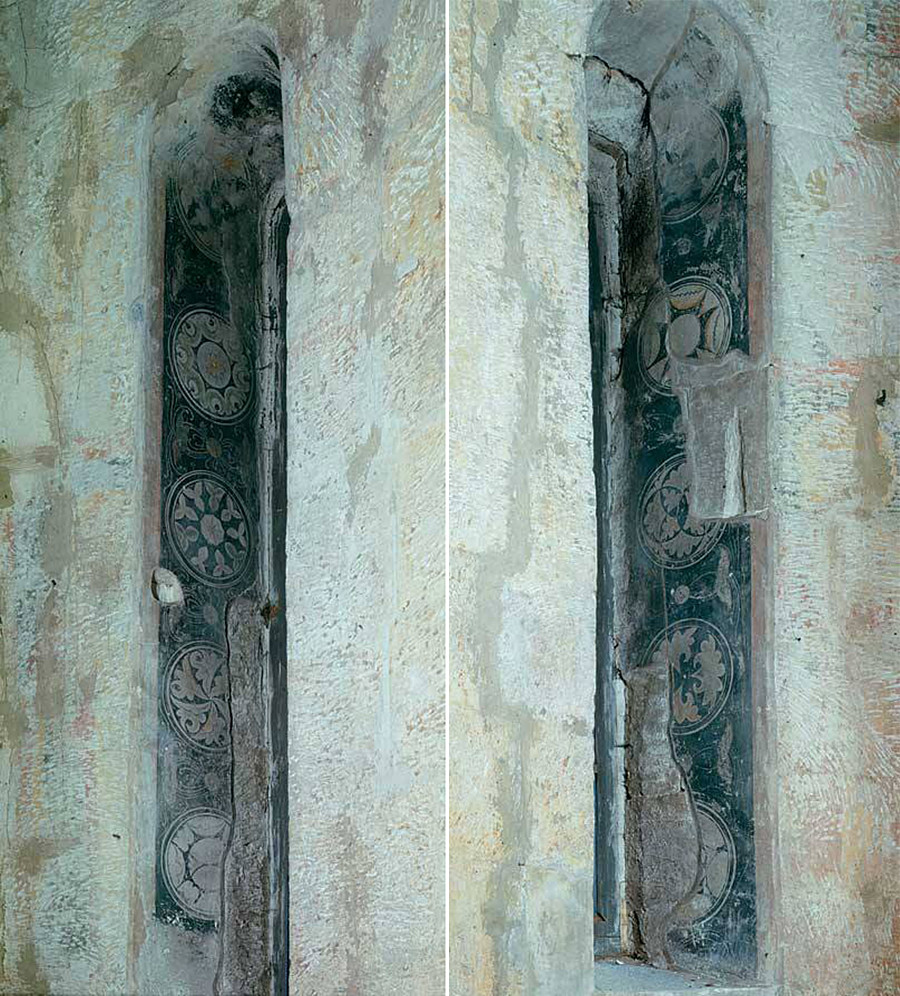
Andrei Rublev murals in the Cathedral of the Savior in the Spaso-Andronikov Monastery
Andrei Rublev museumThis monastery is where he took monastic vows and eventually died and was buried. While the exact location of his grave remains unknown, it’s believed to be hidden under the floors of the Cathedral of the Savior.
Rublev's name is so significant for Russia that to mark the 600th anniversary of his birth in the 1960s even the militant atheist Soviet authorities decided to restore the monastery. A monument to Rublev was erected here and a museum dedicated to his art opened in his honor.
2. Visit a 14th century monastery in the center of Moscow
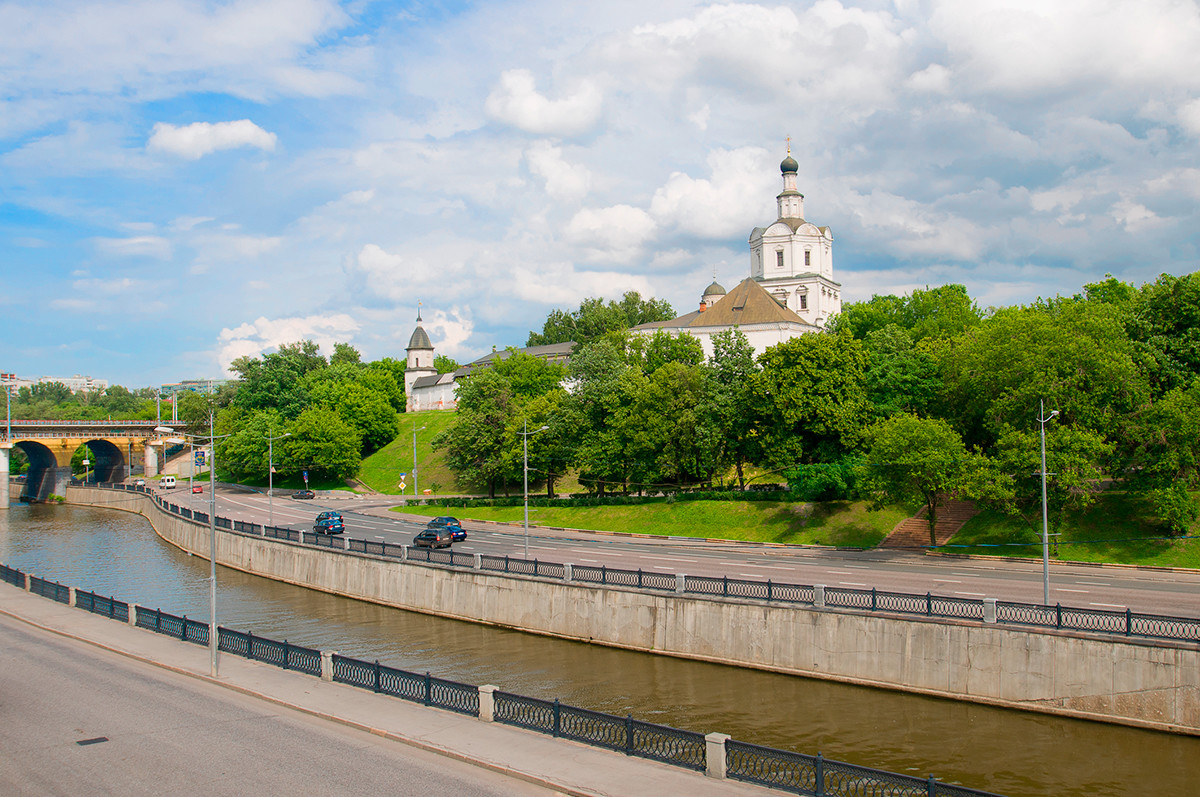
Spaso-Andronikov monastery
Legion MediaFounded in 1357 the Spaso-Andronikov Monastery (the Monastery of Our Saviour and St. Andronicus) is one of the oldest in Moscow, and was named after its first hegumen, Andronicus, who was a disciple of Sergius of Radonezh, the founder of the Trinity Lavra of St. Sergius and a revered Russian saint. The monastery's Cathedral of the Savior, whose interior was painted by Rublev, is the oldest surviving stone church in Moscow.
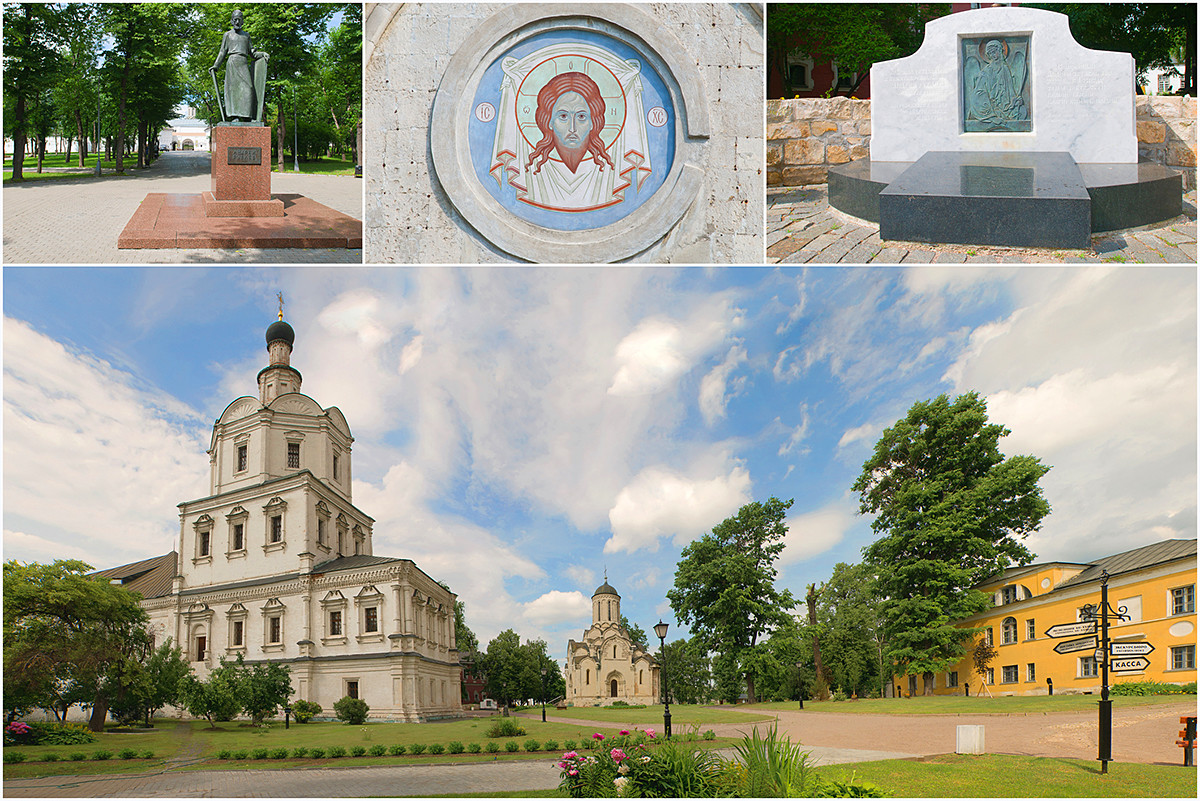
Spaso-Andronikov Monastery
Getty ImagesIn 1947, a group of Soviet scholars and conservation experts secured permission to start restoration work at the monastery. At the time, the monastery was used to house workers of the nearby Sickle and Hammer factory.
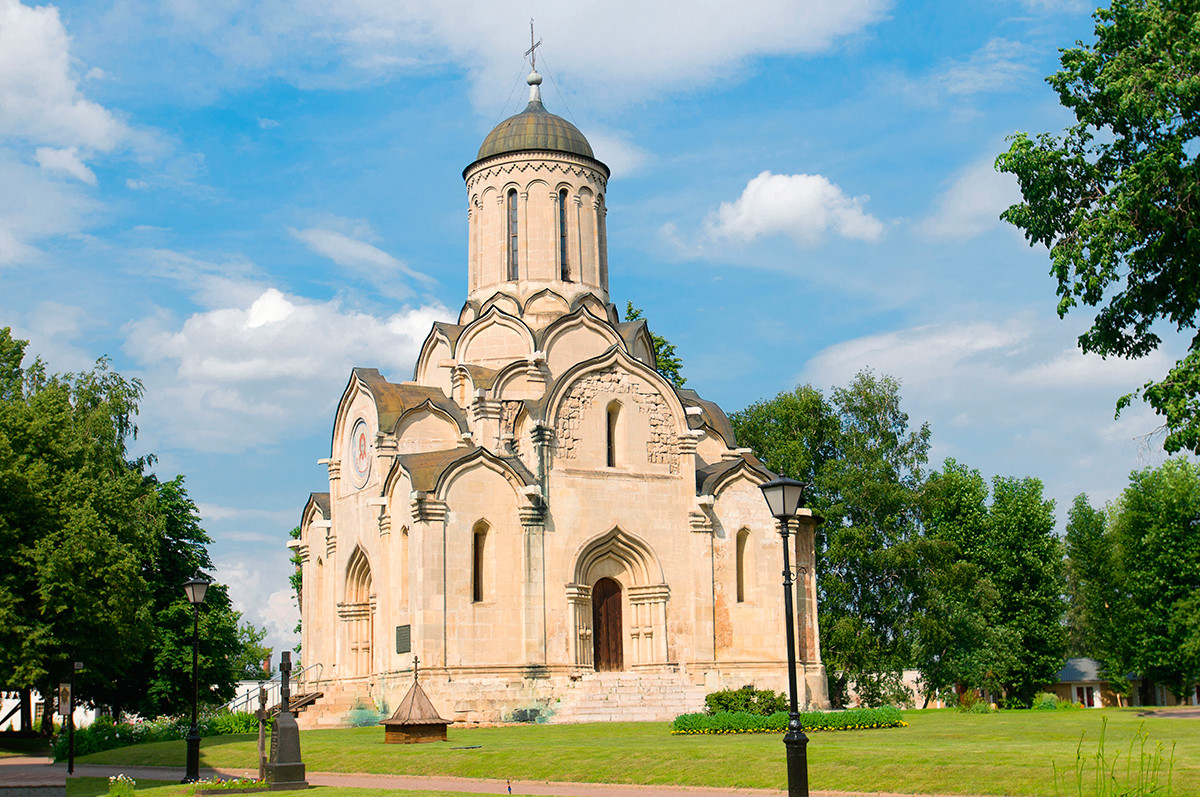
The Cathedral of the Savior in the Spaso-Andronikov monastery
Legion MediaOver the course of 13 years, experts managed to partially restore the monastery and put together a collection of objects of medieval Russian art. In 1960, to mark the 600th anniversary of Andrei Rublev's birth (though the exact date of his birth is unknown), a museum of ancient Russian culture and art was opened onf the monastery grounds.
3. See one of the best collections of Russian religious art
Bit by bit the museum founders gathered icons and other items from churches that were abandoned and closed during the Soviet era. Today, the museum has more than 20,000 items in its collection: mostly icons, with the oldest dating to the 12th century and right up to icons of the 20th century. Among the most significant are a 13th century icon of Christ Pantocrator and a 14th century icon of Christ of Edessa.
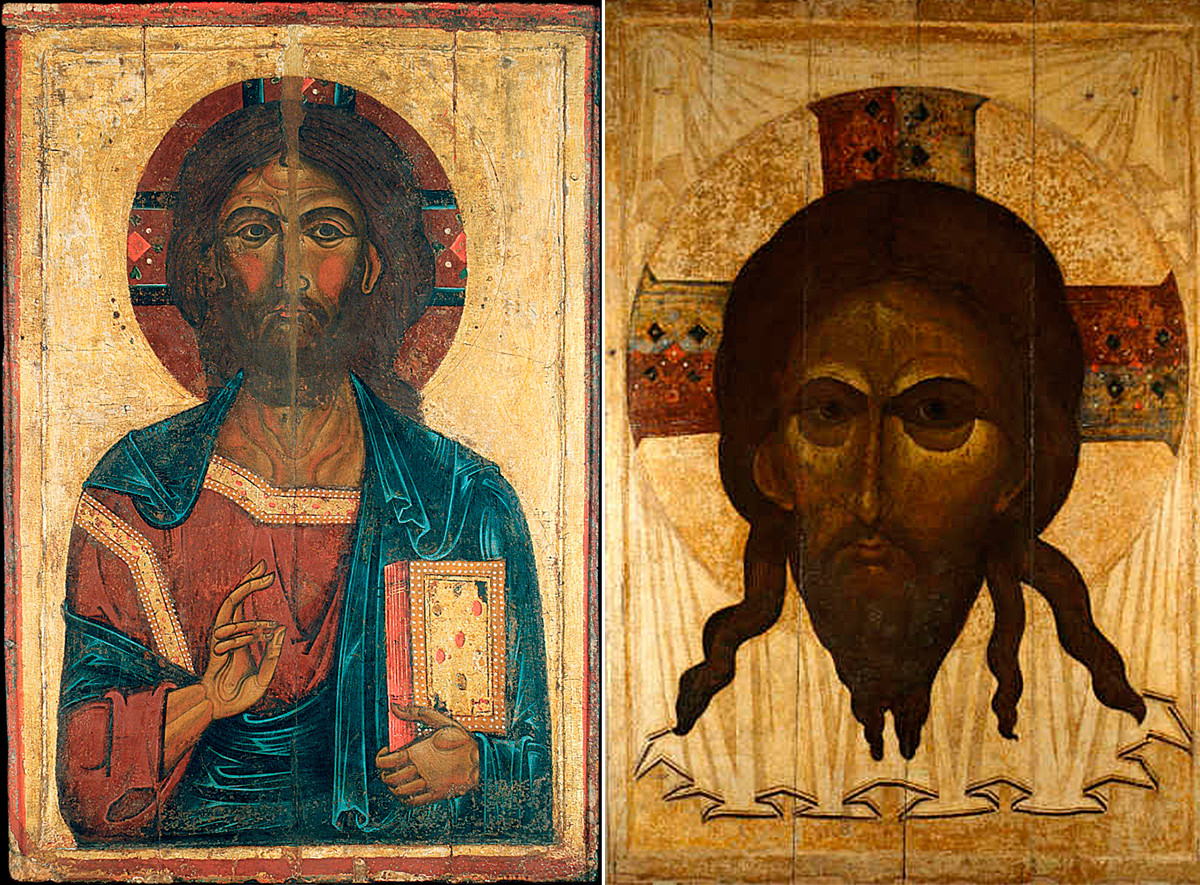
On the left: a 13th century icon of Christ Pantocrator; on the right: a 14th century icon of Christ of Edessa
Andrei Rublev museum; Museum of the history of religionIn addition, the collection features various images of the Virgin Hodegetria, Nicholas the Wonderworker and other saints, as well as unusual icons depicting the lives of saints or scenes from the New Testament.
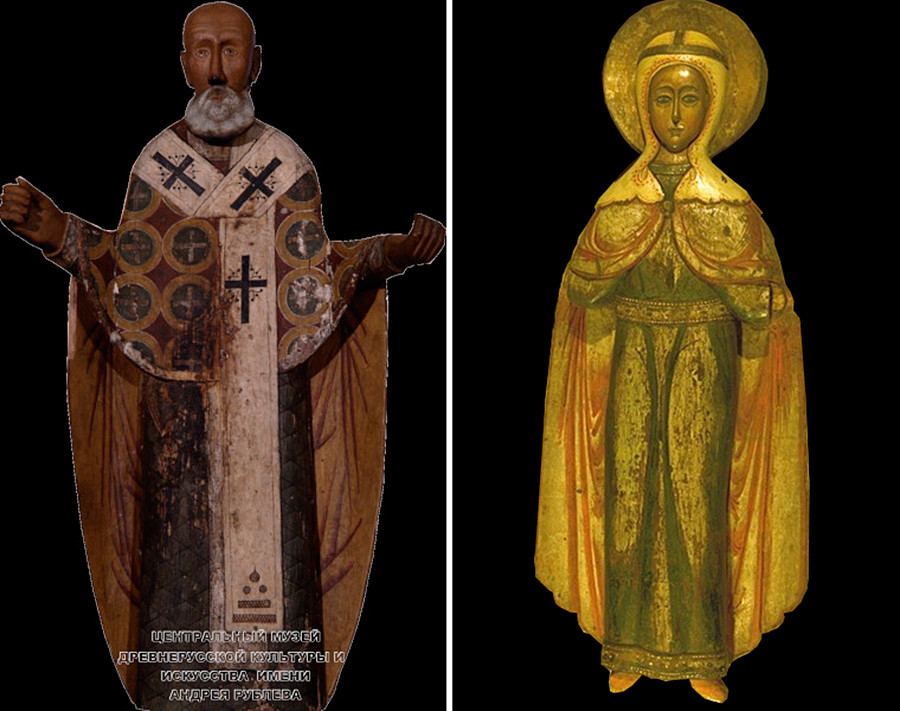
On the left: a 17th-century wooden statue of St Nicholas of Mozhaysk; on the right: a 17th century statue of the Great Martyr Paraskeva
Andrei Rublev museumIn addition to icons, the museum houses medieval books, tiles and other monuments of Russian decorative and applied arts, as well as a large collection of rare wooden sculptures.
An entire floor of the museum is taken up by large frescoes rescued from churches from across Russia that were destroyed by the Soviet state.
4. Learn to decipher Russian icons
“The museum’s main mission is to help people discover the icon as one of the greatest achievements of national and world art,” says a message on the museum's website. Its goal is not only to show icons and frescoes to the general public, but also to promote this art form because, along with the Russian avant-garde, icon painting has made an important contribution to the history of world art. Furthermore, this ancient religious art flourished in Russia for a very long time - starting from the Baptism of Rus in the 10th century and up to the end of the 17th century when the throne passed to Peter the Great, who turned Russia towards European art.
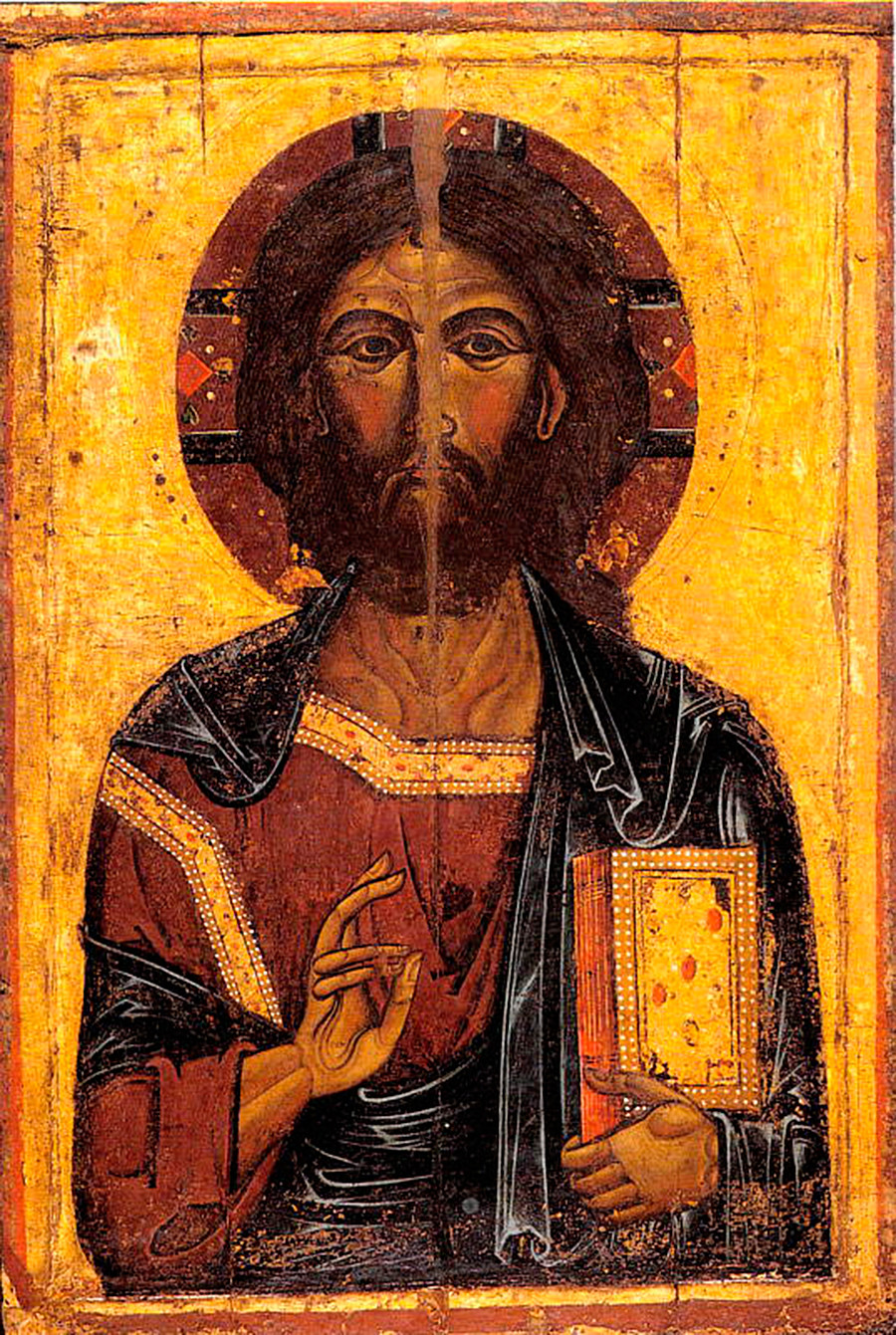
The oldest item of the museum: a 13th century icon of Christ Pantocrator from Gavshinka (a village near the city of Yaroslavl)
Andrei Rublev museumThe artistic language of icons is very structured and highly symbolic, making it possible through artistic and semantic techniques to establish the approximate time when an icon was created, as well as the school it belonged to - Moscow, Novgorod, Vladimir or Pskov. Specific features may indicate a particular painter or his pupils. In the museum one can trace the evolution of Russian icons, their imagery and composition, techniques and paints.
Click here to find out more about how to read and comprehend Russian icons.
5. Explore an old part of Moscow that is off the beaten tourist track
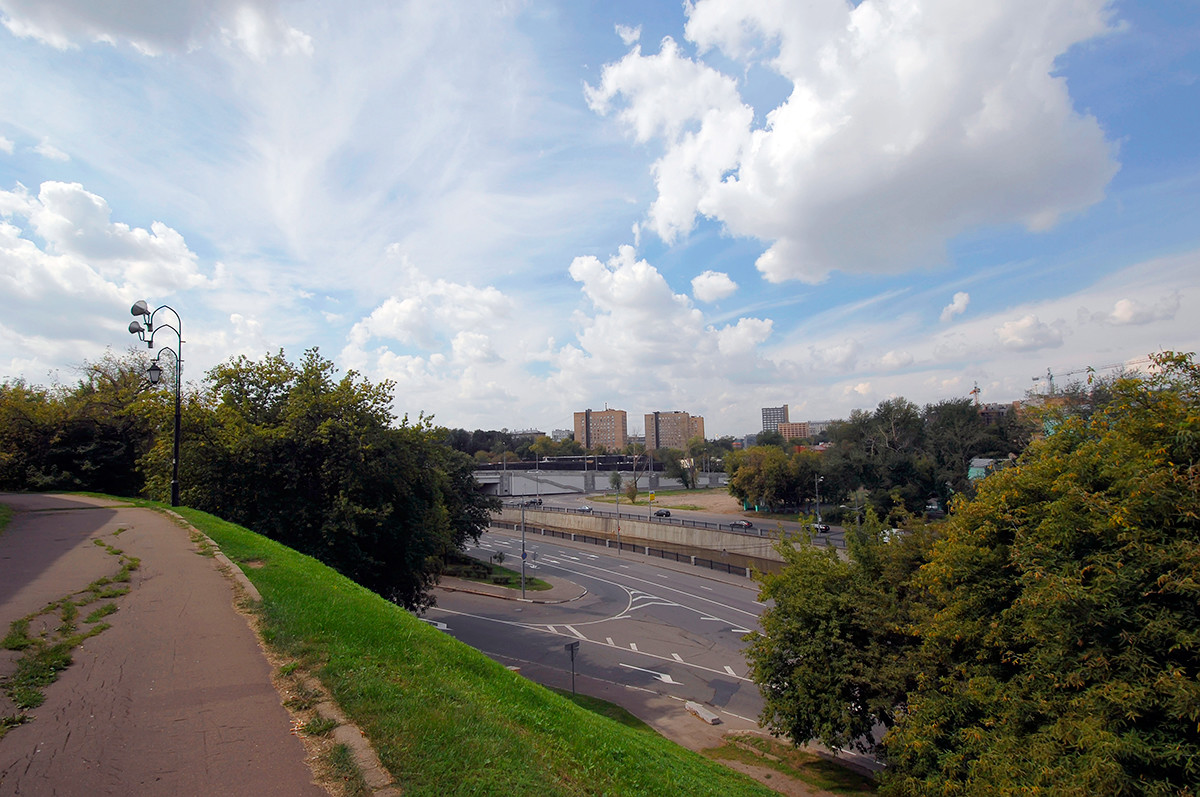
View on the Yauza River from hill Of Spaso-Andronikov Monastery
Legion MediaThe historical and cultural value of the museum and the monastery is indisputable, but it is also worth taking a walk around the wall, going to the high bank of the Yauza to admire a completely different world - the industrial part of the city.
The area near the monastery is one of Moscow’s oldest, and there are numerous historical sights to see. Not far is the stunning Church of Sergius of Radonezh in Rogozhskaya Sloboda.
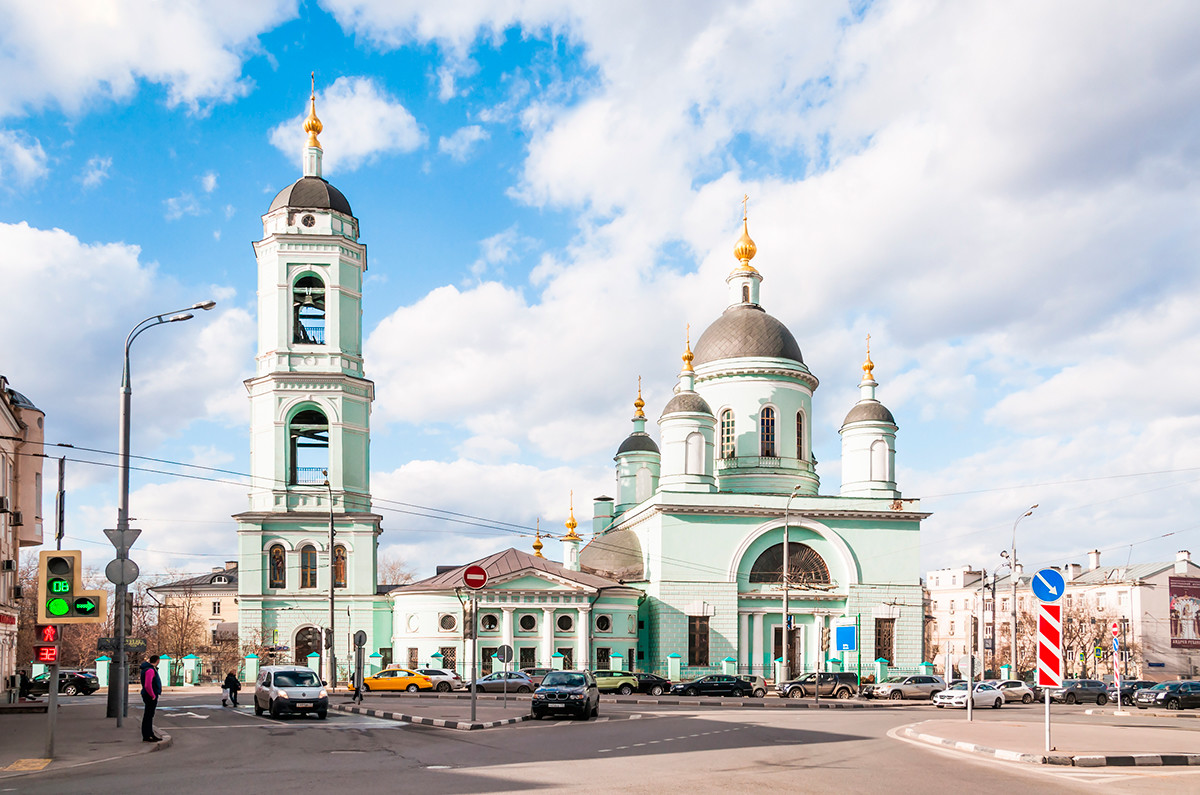
Church of St. Sergius of Radonezh Trinity life-giving in Rogozhskaya Sloboda
Legion MediaAnother must is a walk along the pedestrian Shkolnaya Street, with its two-story 19th century mansions. This used to be the city’s eastern boundary and coaches heading from Moscow in the direction of Vladimir stopped here.
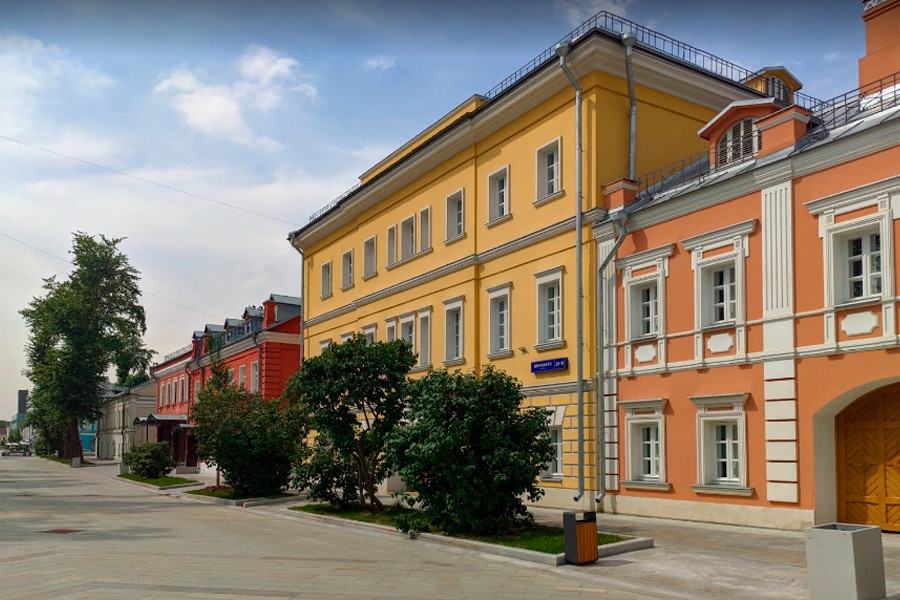
Shkolnaya Street
Google MapsOnce you’ve seen all the historical and cultural sights, check out the old Rogozhsky shopping arcade - it has not lost its original purpose and has been converted into a trendy food court with excellent pilaf, pho bo, exquisite pastries and more.
If using any of Russia Beyond's content, partly or in full, always provide an active hyperlink to the original material.
Subscribe
to our newsletter!
Get the week's best stories straight to your inbox